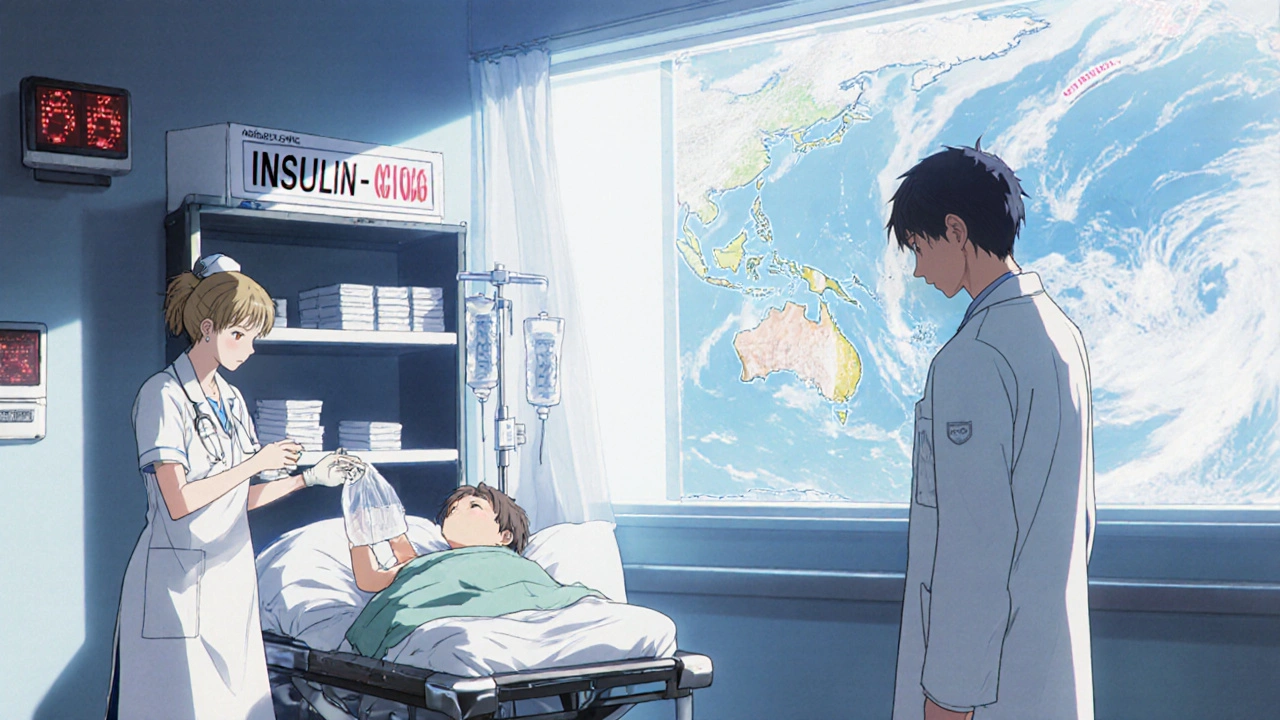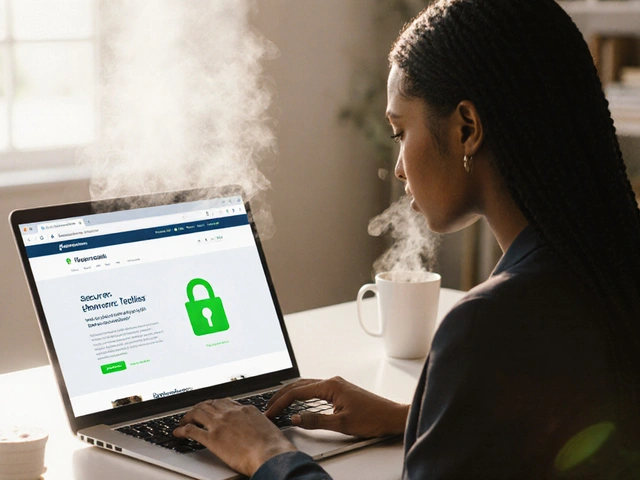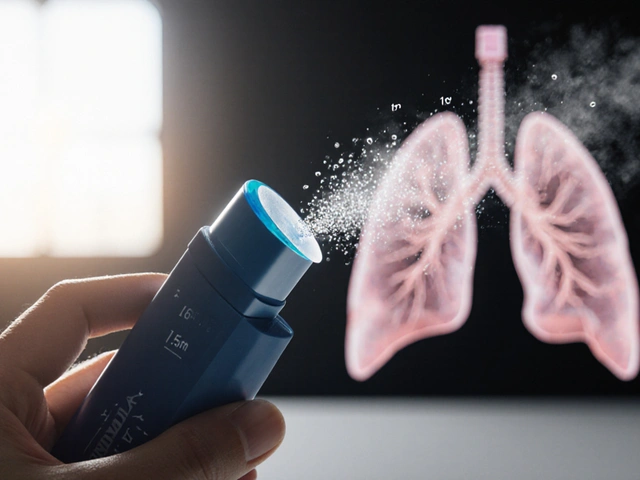When storms hit, medicines disappear
Imagine needing insulin, saline, or cancer drugs-and the hospital runs out. Not because of poor planning, but because a hurricane knocked out the only factory making it. That’s not science fiction. It’s happening right now. In 2017, Hurricane Maria wiped out power across Puerto Rico, shutting down 10% of all U.S. drug manufacturing. Insulin, saline, and antibiotics vanished. Some shortages lasted over a year. In 2024, Hurricane Helene took out Baxter’s North Carolina plant-the facility producing 60% of the nation’s IV fluids. Within three days, hospitals had to cancel surgeries, delay chemotherapy, and ration fluids. This isn’t a one-off. It’s the new normal.
Why your medicine depends on a single factory
Most people assume medicine is made in dozens of places, like cars or smartphones. It’s not. Over 78% of sterile injectable drugs in the U.S. come from just one or two manufacturing sites. That’s a single point of failure. Puerto Rico alone had 55 FDA-approved drug plants before Hurricane Maria. One island produced 40% of all sterile injectables and 80% of the country’s insulin. When the grid went down, so did the medicine. The same is true for North Carolina. Marion is home to Baxter’s IV fluid plant. Spruce Pine supplies 90% of the ultra-pure quartz used in medical devices. One tornado, one flood, one power outage-and the whole system stumbles.
Climate change is making disasters worse-and more frequent
It’s not just that storms are stronger. They’re happening more often. Between 2017 and 2024, climate-related disruptions caused 32% of all drug shortages in the U.S., according to the FDA. Hurricanes are the biggest threat, responsible for nearly half of all climate-related supply breaks. Wildfires and floods follow, but hurricanes hit the hardest because they knock out power, roads, and communication for weeks. And it’s getting worse. NOAA predicts a 25-30% increase in Category 4 and 5 hurricanes by 2030. That’s bad news when 65.7% of U.S. drug factories sit in counties that have already seen at least one federally declared weather disaster since 2018. These aren’t rare events anymore. They’re predictable.

Why it takes over a year to fix a broken supply line
Even if a factory is repaired, medicine doesn’t magically reappear. It takes 6 to 12 months to restart a sterile drug production line. Why? Because you can’t just flip a switch. You need clean rooms certified to FDA standards. You need specialized equipment that takes 2-3 years to order and install. You need trained staff who can work in sterile environments. After Hurricane Maria, it took 11 months just to restore power to Puerto Rico’s factories. Insulin shortages lasted 18 months. In 2024, after Helene, the FDA warned IV fluid shortages would last until mid-2025. There’s no quick fix. The system was built for efficiency, not resilience. Just-in-time inventory means no extra stock. When the supply chain snaps, there’s nothing to fall back on.
What drugs are most at risk-and who suffers most
It’s not the expensive new cancer drugs that vanish first. It’s the cheap, old generics. Saline bags, insulin, epinephrine, antibiotics like vancomycin. These are the backbone of emergency care. When they’re gone, it’s not just cancer patients who suffer. Diabetics go without insulin. Emergency rooms can’t treat dehydration. Newborns in NICUs can’t get IV nutrition. The American Cancer Society found that 70% of cancer centers reported treatment delays due to drug shortages in 2024. But it’s not just cancer. Every hospital, every clinic, every home care patient relying on injectables is one storm away from crisis. Rural hospitals, with fewer resources and no backup suppliers, get hit hardest. And they’re the least likely to have the staff or systems to track supply risks.
What’s being done-and why it’s not enough
Some progress is happening. The FDA now has an emergency import pathway for drugs during shortages. After Maria, they let saline come in from Europe-but it took 28 days. Too slow. In 2025, the FDA plans to require manufacturers of critical drugs to keep 90-day emergency stockpiles and submit climate risk plans. That’s a start. Some companies are using AI to predict storm impacts. Sensos.io flagged Hurricane Helene’s threat to IV fluids 14 days in advance, letting some hospitals stockpile. The Strategic National Stockpile started piloting emergency injectable reserves in hurricane zones-and saw a 40% drop in shortage duration. But only 31% of major drugmakers have actually implemented resilience plans. Most still treat climate risk as a distant problem, not a daily threat.

The real cost of ignoring the problem
People think drug shortages are about money. They’re not. They’re about lives. A 2024 study in JAMA found that patients in areas hit by climate disasters had a 12% higher risk of death from treatable conditions when essential drugs were unavailable. That’s not a statistic. That’s a mother waiting for insulin. A child denied fluids after surgery. A cancer patient missing a dose because the hospital ran out. The financial cost is huge too-the global market for supply chain resilience is projected to hit $9.7 billion by 2029. But money spent now saves lives later. McKinsey estimates a $12-15 billion investment in resilient manufacturing could cut shortage frequency by 70%. That’s not an expense. It’s insurance.
What needs to change-and how
We need three things: diversification, stockpiles, and faster approvals. First, stop putting all your eggs in one geographic basket. Build factories in different climate zones-Arizona, Minnesota, Oregon-not just the Carolinas and Puerto Rico. Second, mandate 90-day emergency reserves of critical drugs, stored in multiple locations. Third, create fast-track FDA approval for alternative suppliers during disasters. Right now, it takes months to get permission to import a drug you already know works. That’s ridiculous. We do this for military equipment. We should do it for medicine. Hospitals need better tools too. Mayo Clinic reduced response time by 65% after mapping its entire supply chain-down to Tier 3 suppliers. But that takes time and money. Smaller hospitals can’t afford it. Federal help is needed.
The bottom line: This isn’t about weather. It’s about survival
Climate change isn’t a future threat to medicine. It’s here. And it’s already killing people by cutting off their access to basic treatments. We’ve known this since Hurricane Maria. We saw it again with Helene. We saw it with floods in Michigan that worsened the infant formula crisis. And we’ll see it again. Next time, it might be your parent, your child, or you. The system was designed to save money, not lives. It’s time to fix it. Not next year. Not in five years. Now. Because when the next storm hits, there won’t be time to wait for a study, a report, or a congressional hearing. There will only be a hospital, a waiting room, and a silent IV bag.
Why do drug shortages happen after hurricanes?
Hurricanes destroy power grids, flood factories, and block transportation routes. Many drug factories are concentrated in coastal areas like Puerto Rico and North Carolina. When these facilities lose power or get damaged, production stops. Because most critical drugs are made in just one or two plants, there’s no backup. It can take months to restart production-even after repairs are done.
Which medicines are most likely to run out during a climate disaster?
The most vulnerable drugs are generic, sterile injectables: IV saline, insulin, epinephrine, antibiotics like vancomycin, and chemotherapy agents. These are cheap to make but require complex, sterile production environments. They’re often made in only one or two U.S. plants. Because they’re not profitable enough for companies to build redundant facilities, shortages hit hardest when disasters strike.
Can we just import more drugs from other countries?
Yes, but it’s slow. The FDA can approve emergency imports, but the process takes weeks. After Hurricane Maria, it took 28 days to get saline from Europe. During a crisis, hospitals need supplies in days, not weeks. Plus, not all countries make the same formulations. Some drugs have different active ingredients or preservatives that aren’t approved in the U.S. So even if you can import, it’s not always a direct replacement.
Why don’t drug companies build more factories?
It’s expensive. Building a new sterile drug facility costs over $500 million and takes 3-5 years. Generic drugs make very little profit, so companies don’t want to invest unless forced. The FDA’s new 2025 rule requiring emergency stockpiles may change that. But right now, most companies operate on a just-in-time model-making only what’s needed, with no extra capacity. It saves money, but leaves the system fragile.
Are smaller hospitals more at risk during drug shortages?
Yes. Large hospitals like Mayo Clinic or Johns Hopkins have teams dedicated to tracking supply chains and securing emergency stock. Smaller hospitals often lack the staff, budget, or technology to do this. They rely on distributors who may not have backup sources. When shortages hit, rural and community hospitals are the last to get supplies-and the first to run out.
What can patients do if their medicine is in short supply?
Talk to your doctor or pharmacist early. Ask if there’s an alternative medication or dosage form. Don’t wait until you’re out. Some pharmacies can help locate stock at other locations. For critical drugs like insulin or epinephrine, consider keeping a small emergency supply at home if your doctor approves. But never change your dose or switch drugs without medical advice.





